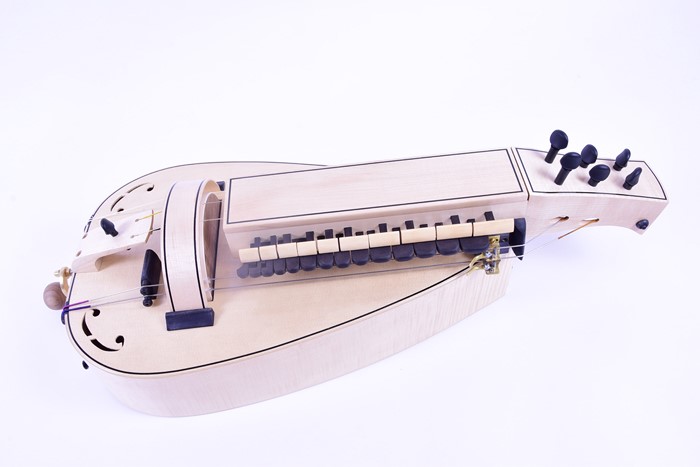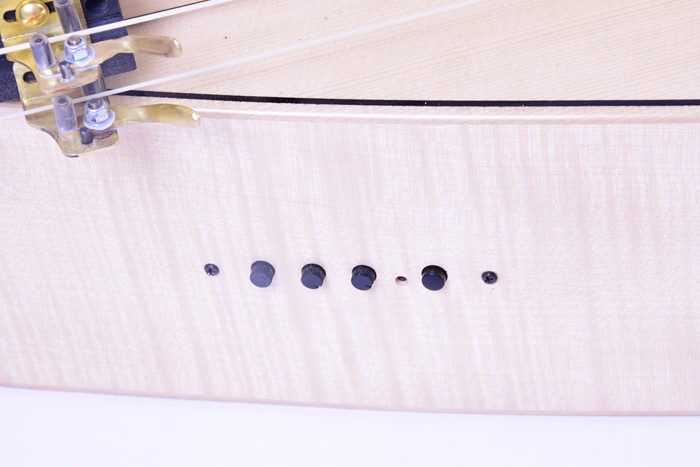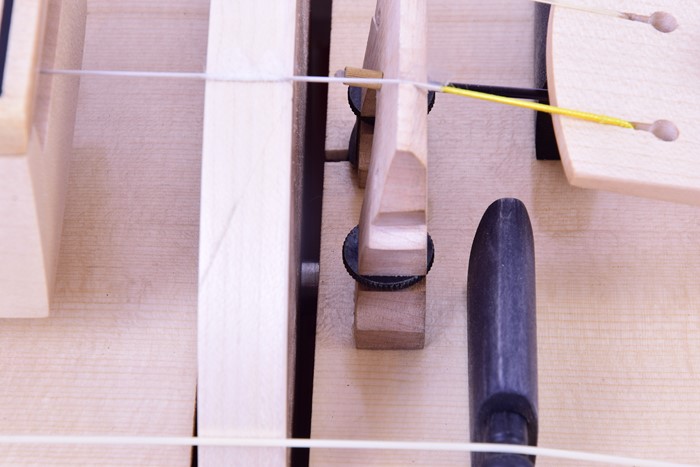| Basic hurdy gurdy, 6 strings,maple/spruce, scale 380 mm, wooden pegs, wooden tangents, static bridges |
1 680 € |
| Symfonia, 3 strings |
1 200 € |
| Metal tangents (24 pc= 1 chanterelle) |
+48 € |
| Adjustable chanterelle bridge |
+ 25 € |
| Adjustable bass bridge |
+ 25 €/string |
| Adjustable trompette bridge |
+40 €/string |
| Banjo tuning keys Gotoh |
+ 20 €/pc |
| Wittner Finetune geard pegs (viola) |
+36 €/pc |
| Keyes for lifting chanterelles |
+40 €/pc |
| Capo |
+40 €/pc |
| Sympathetic strings on one side (5 pc) |
+ 32 € |
| Carved head |
+280 € |
| Relief carving of the peg head |
+145 € |
| Mozaic purfling of one board |
+100 € |
| Pick up system Cejpek (3 piezo transducers, preamp, control panel, XLR output) |
+320 € |










.jpg)
.jpg)
.jpg)
.jpg)
.jpg)
.jpg)
.jpg)
.jpg)
.jpg)